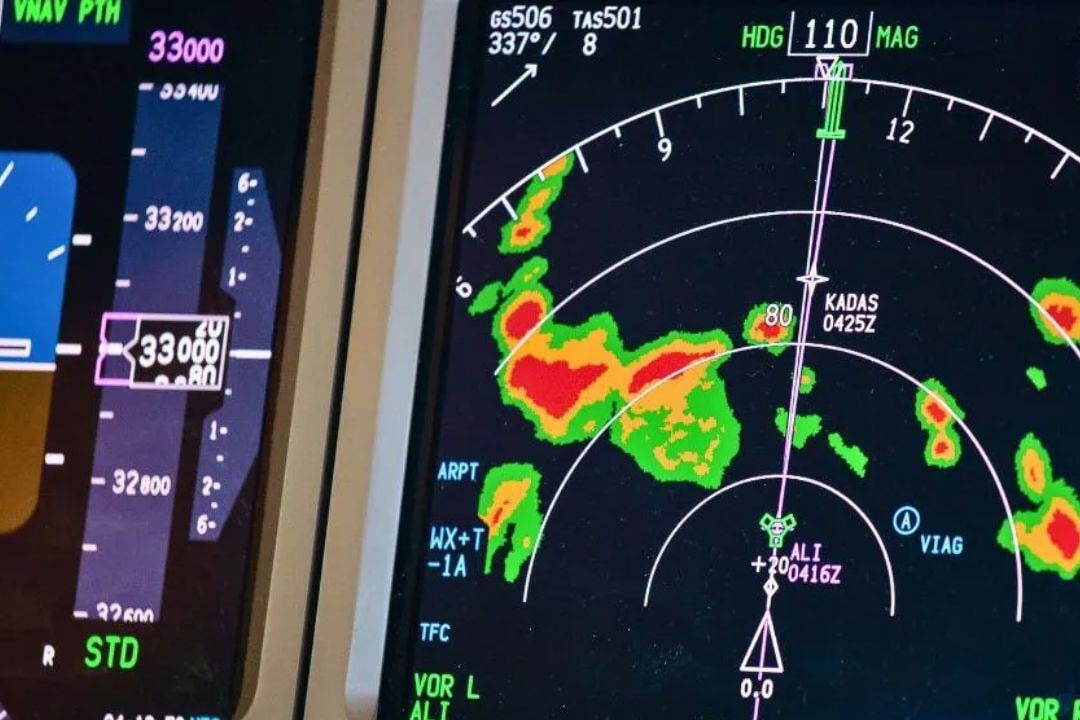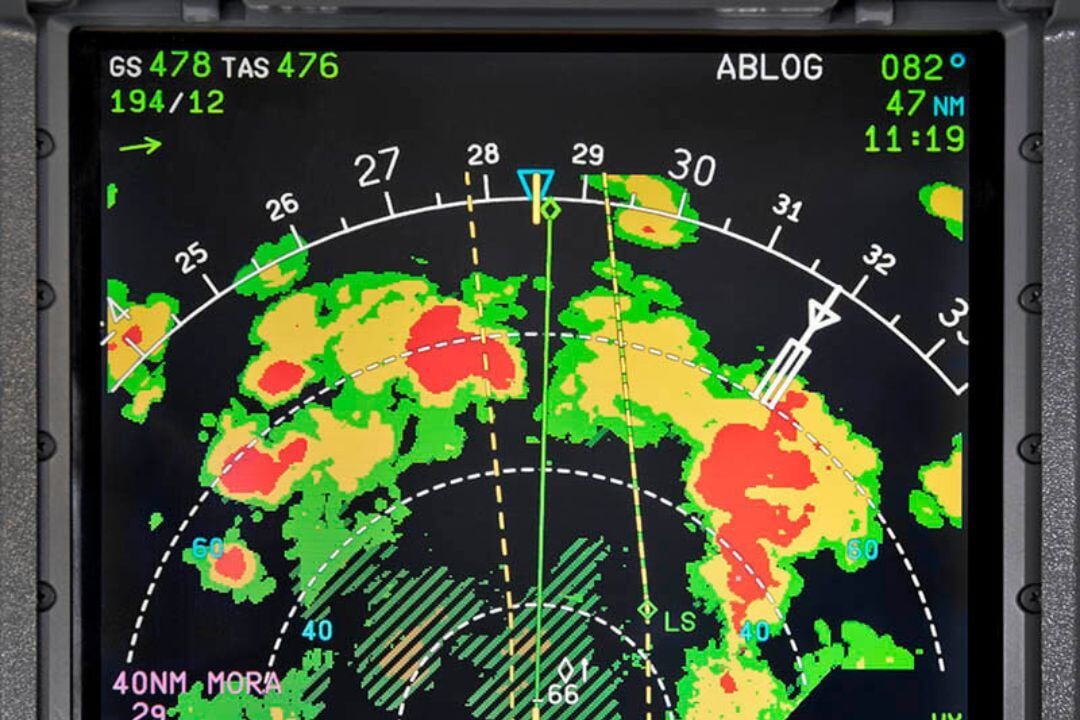The Honeywell IntuVue RDR-7000 is an advanced airborne weather radar system designed to deliver comprehensive, automated situational awareness for both commercial and military aircraft. Leveraging 3D volumetric scanning and predictive hazard detection, it enhances flight safety by providing early alerts and intuitive weather mapping—all while reducing pilot workload and system lifecycle costs.
Weather Radars
Advanced Capabilities of Modern Weather Radar Systems
Modern airborne weather radar systems are engineered to detect and analyze precipitation, turbulence, and wind-related phenomena with high accuracy. Unlike older radars, today’s systems often incorporate Doppler processing and multi-tilt scanning technology. Doppler capability enables the detection of hazardous wind shear and turbulence by measuring relative motion within storm cells, while multi-tilt scanning allows for vertical profiling of weather systems—critical for identifying storm structure and assessing threat levels. These features significantly enhance situational awareness and flight safety, particularly in severe weather environments and low-visibility operations.

Operator-Centric Visualization and Mission Integration
Weather radar outputs are typically presented in a user-friendly, color-coded display that indicates precipitation intensity, ranging from light rain to severe storms. Some systems also offer storm cell tracking, echo tops, and predictive symbology for potential hazards such as convective turbulence or lightning. This real-time, graphical information allows flight crews or mission operators to make informed routing decisions and maintain mission effectiveness while avoiding meteorological threats. Though highly capable in detecting radar-reflective weather elements, it is important to note that these systems do not assess general atmospheric variables like pressure or humidity, but are specialized for tracking radar-visible weather hazards.

Highlighted Weather Radar Systems

Honeywell RDR-7000

Garmin GSX 70
The Garmin GSX 70 is a state-of-the-art, solid-state weather radar system engineered for high-altitude, long-endurance missions, including unmanned aerial systems (UAS) and special mission aircraft. Selected by Northrop Grumman for integration into the U.S. Air Force's RQ-4 Global Hawk fleet, the GSX 70 provides real-time, Doppler-enabled weather data, enhancing operational safety and decision-making in challenging environments.

Honeywell RDR-4000M
The Honeywell RDR-4000M is a state-of-the-art, 3D weather radar system tailored specifically for military applications, derived from Honeywell’s proven IntuVue™ commercial radar technology. Designed to deliver unmatched reliability, situational awareness, and mission adaptability, the RDR-4000M integrates advanced weather detection with high-resolution ground mapping and predictive hazard capabilities, ensuring optimal performance in both routine and combat flight environments.

Collins Aerospace RTA-4100
The RTA-4100 MultiScan™ Weather Radar by Collins Aerospace is an intelligent, fully automatic radar system designed to give pilots a comprehensive, clutter-free view of weather up to 300 nautical miles ahead. Equipped with advanced digital signal processing and integrated turbulence detection, it delivers enhanced situational awareness and minimizes pilot workload, making it an ideal solution for both commercial and business aviation applications
Check our Completed Projects



